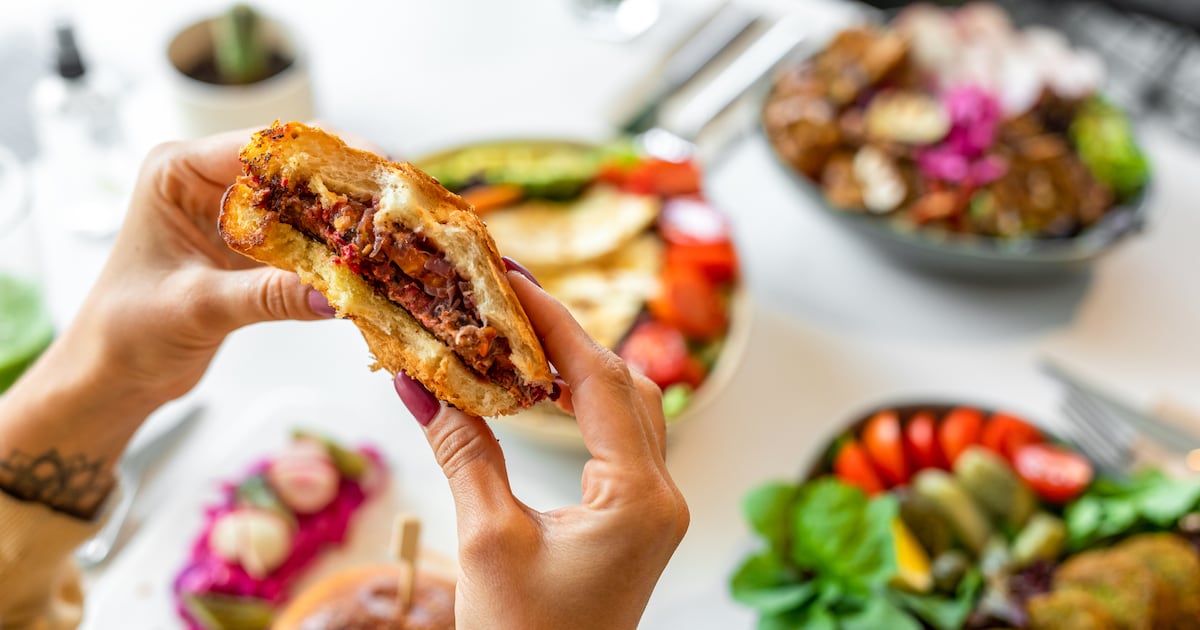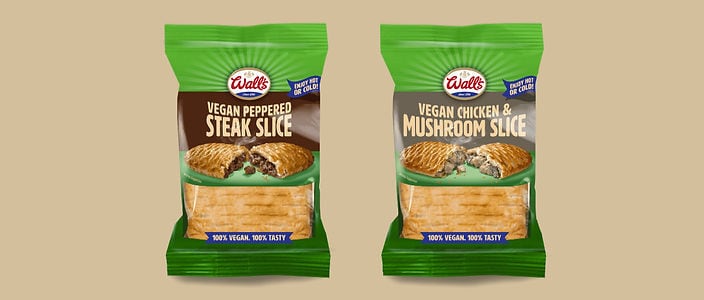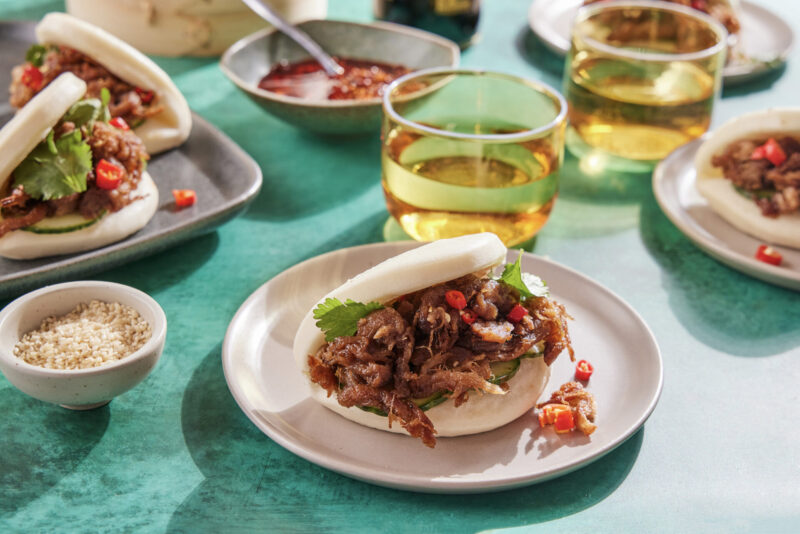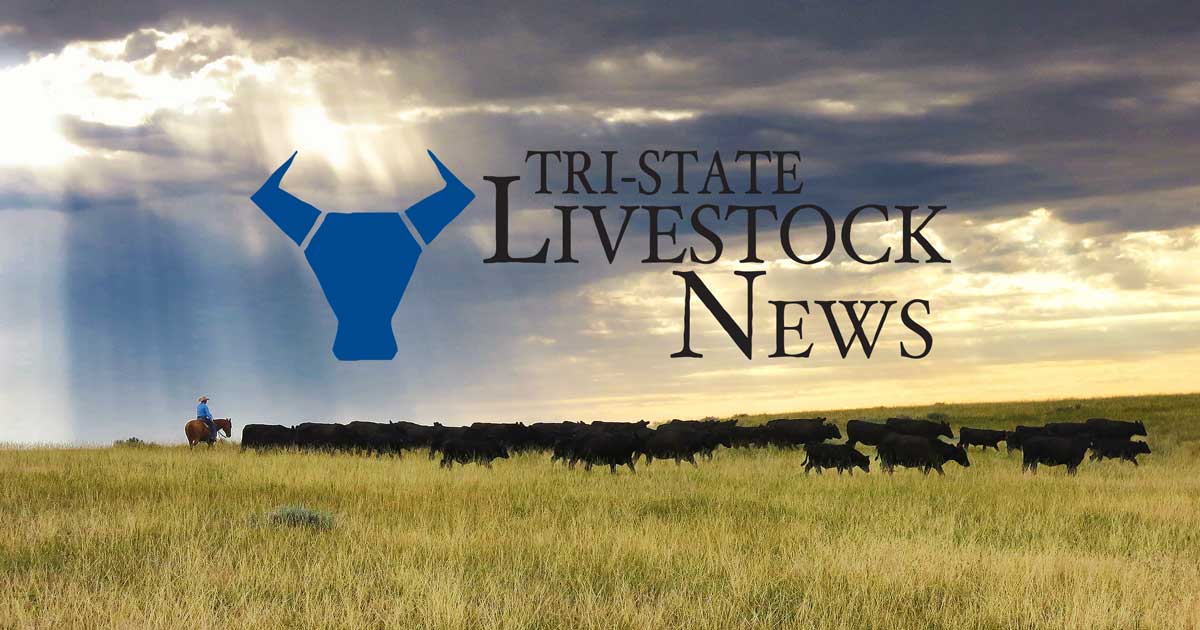There are more artificial ingredients in some supermarket sliced white breads than in many of Europe’s most popular plant-based meat alternatives.
This is despite a slew of criticism levelled at the meat alternative industry in recent years, potentially unfairly labelling the market an unhealthy, ultra-processed food (UPF) nightmare.
Exclusive research from FoodNavigator, the leading food and drink manufacturing industry title, dissected the ingredients lists of the most popular meat alternative brands on the market.
The data showed most meat alternative products available in supermarkets and foodservice outlets contained three or fewer artificial ingredients per product.
Most artificial ingredients in the foods were either stabilisers, regulators or thickeners and tended to be methylcellulose, which was present in many of the reviewed products.
Artificial ingredients in sliced white bread
This is compared to upwards of four artificial ingredients contained in many store bought sliced white bread brands.
Some sliced white breads contained four or more artificial ingredients, including calcium propionate (preservative), diacetyl tartaric acid esters of monoglycerides (emulsifier), mono- and diglycerides of fatty acids (emulsifiers) and sodium stearoyl-2-lactylate (emulsifier).
“Most consumers would probably be surprised to learn that everyday items like sliced white bread, something they see as basic or traditional, often contain more additives than plant-based meats,” points out THIS innovation director, Luke Byrne.
“It highlights a broader issue, how we perceive ingredients based on context and familiarity,” he adds.
Overall, plant-based meats’ ingredients lists tended to be in the high single digits and above. This mostly ocurred when products had flavourings and seasonings, such as Quorn’s Garlic & Herb Slices.
However, some products with lower numbers of ingredients didn’t always specify which individual herbs and spices were used and instead labelled ‘flavourings’ or ‘natural flavourings’.
If we are to enable systemic change we must start embracing the solutions, but of course we can challenge them to be better
Luke Byrne, innovation director at THIS
“We only use ingredients in Quorn products which have been deemed safe to eat by the appropriate bodies,” says a Quorn spokesperson.
“At Quorn, we only use additives where absolutely necessary to carry out specific functions and we only use additives which have been assessed for safety.”
Developing plant-based meat that closely replicates the taste, texture and experience of animal meat is “no small feat”, points out Byrne.
“Sometimes, that means using certain ingredients, like binders or stabilisers, that may sound unfamiliar,” he says. “These ingredients are used across multiple applications in the food industry and have extensive research proving they are safe to use in food.”
But additives are only used where a specific function is needed to deliver on quality, safety and shelf-life and are used in small amounts, he adds.
“That said, we’re incredibly mindful of what goes into our food,” continues Byrne. “Our goal is always to keep ingredients as clean and recognisable as possible, while still delivering products that people genuinely want to eat and are incredibly healthy – products that can compete with animal meat on every level.”
| Brand | Product | No. ingredients | No. artificial ingredients | Artificial ingredients | Use |
|---|---|---|---|---|---|
| Quorn | Pieces | 6 | 2 | Calcium Chloride, Calcium Acetate | Stabilisers/preservatives |
| Quorn | Garlic & Herb Slices | 24 | 2 | Maltodextrin, Potassium Sorbate | Stabilisers/preservatives |
| Beyond Meat | Beyond Burger | 16 | 3 | Potassium Lactate, Calcium Chloride, Methyl Cellulose | Stabilisers/preservatives |
| Beyond Meat | Plant-based Sausage | 27 | 3 | Potassium Lactate, Calcium Chloride, Methyl Cellulose | Stabilisers/preservatives |
| Impossible Foods | Chicken Nuggets | 24 | 1 | Vitamin E (Tocopherols) | Preservatives |
| Impossible Foods | Savoury Sausage | 19 | 2 | Methy Cellulose, Tocopherols | Stabilisers/preservatives |
| Moving Mountains | Plant-based Quarter Pounder Burgers | 20 | 1 | Methyl Cellulose | Preservatives |
| Moving Mountains | Plant-based No Chicken Nuggets | 15 | 3 | Maltodextrin, Cellulose, Methyl Cellulose | Stabilisers/preservatives/Thickeners |
| The Vegetarian Butcher | No Chicken Chunks | 7 | 0 | N/A | N/A |
| The Vegetarian Butcher | Little Willies | 19 | 0 | N/A | N/A |
| Vivera | Plant-based Chicken Pieces | 14 | 1 | Methyl Cellulose | Thickeners |
| Vivera | Plant-based Steak | 26 | 1 | Methyl Cellulose | Thickeners |
| THIS | Isn’t Chicken Breast | 9 | 0 | N/A | N/A |
| THIS | Isn’t Pork Caramelised Onion Sausage | 28 | 1 | Methyl Cellulose | Thickeners |
| Oumph | Crispy Ch*cken | 22 | 1 | Methyl Cellulose | Stabilisers |
| Oumph | Sticky Smokehouse Rib Style | 24 | 1 | Ammonia Caramel | Colours |
| Tofurky | Plant-based Deli Slices ‘Peppered’ | 25 | 0 | N/A | N/A |
| Tofurky | Roasted Turk’y Plant-based Deli Slices | 20 | 0 | N/A | N/A |
| Linda McCartney | Vegan Quick Cook Chicken Steaks | 12 | 2 | Maltodextrin, Methyl Cellulose | Stabilisers/Flavourings |
| Linda McCartney | Vegan Sausages | 20 | 2 | Ammonium Carbonates, Methyl Cellulose | Raising Agents/Stabilisers |
| Sosmix | Meat free vegan sausage mix | 17 | 1 | Methyl Cellulose | Stabilisers |
| Vegan Zeastar | No Salmon Sashimi | 14 | 0 | N/A | N/A |
| Vegan Zeastar | Tasty Codd Aka Lekkerbeck | 17 | 3 | Maltodextrin, Cellulose, Methyl Cellulose | Thickeners/Other |
| La Vie | Plant-based Ham, Honey Roast | 7 | 1 | 1 Potassium Acetate | Acidity Regulators |
| La Vie | Plant-based Bacon, Smoked | 7 | 1 | 1 Potassium Acetate | Acidity Regulators |
While both Quorn and THIS claim to limit the use of additives in products, the former argues there’s a more pressing issue – the link being made between plant-based and perceived UPF health problems. There’s a lack of randomised, clinical controlled studies demonstrating a causative link between processing and health outcomes, the spokesperson says.
The same argument was made by two leading nutrition scientists, who called on their colleagues to stop using UPF and NOVA terminology in their studies and rhetoric.
“NOVA’s UPF definition is completely detached from any nutritional analysis and it is not the best way to determine the healthiness or ‘goodness’ of a food,” adds the Quorn spokesperson.
“It was not created to define foods as healthy or not. Quorn mycoprotein is a complete protein. It is high in protein and fibre, low in saturated fat, free from trans-fat and contains all nine essential amino acids.”
There’s also a gap in consumer understanding about food ingredients in general, Byrne points out. “As a sector, we’re innovating to shift people towards healthier diets away from environmentally and ethically problematic systems. That deserves recognition, not just criticism,” he says.
Plant-based meat processing levels
While plant-based meats are often made using higher processing levels than some other foods, the sector argues the positives can outweigh the production methods.
“The plant-based industry is held to a higher level of scrutiny (particularly in the press), which, in some ways, is understandable – we’re disrupting an entire category and with that comes fear of the new, but the focus should be on nutrition and sadly that can sometimes get ignored,” argues Byrne.
However, the ignorance and fear “causes avoidance of the good associated with plant-based foods” that address core societal issues, especially around health, adds Byrne.
“If we are to enable systemic change we must start embracing the solutions, but of course we can challenge them to be better,” he says.
Many of the products tested were higher in protein and fibre (with meat generally not being high in fibre), as well as having lower levels of saturated fat and sugar.
Several studies have also shown plant-based meat alternatives have a more positive environmental impact than meat production.



